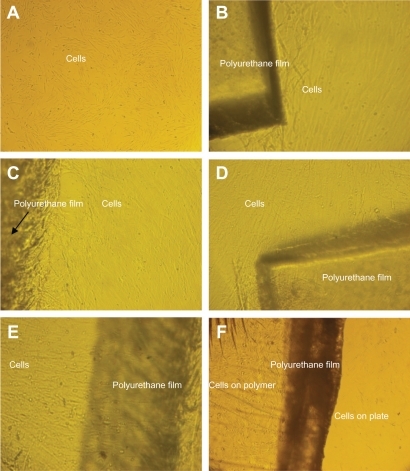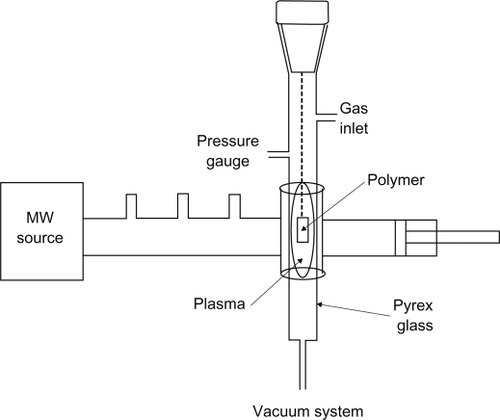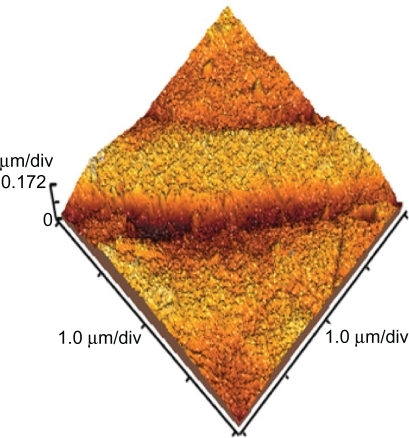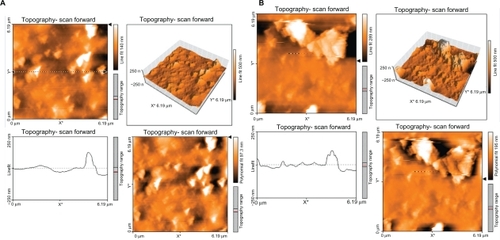Figures & data
Figure 2 Spectra of attenuated total reflection Fourier transform infrared of normal polyurethane (A), polyurethane modified by oxygen plasma (B), and polyurethane modified by argon plasma (C).
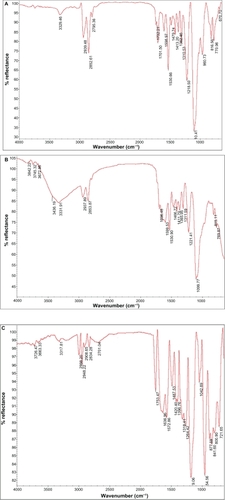
Figure 5 Topography of polyurethane modified by oxygen plasma for 30 seconds (A) and 60 seconds (B).
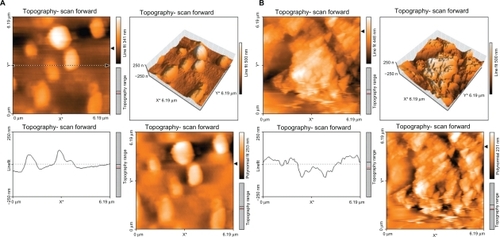
Table 1 Contact angles of normal and irradiated samples (average)
Table 2 MTT analysis of the samples
Figure 6 Unrestricted somatic stem cell culture on the (A) control (TCPS) surface, (B) normal polyurethane (PU), (C) PU modified by argon plasma (30 seconds), (D) PU modified by argon plasma (60 seconds), (E) PU modified by oxygen plasma (30 seconds), and (F) PU modified by oxygen plasma (60 seconds).
